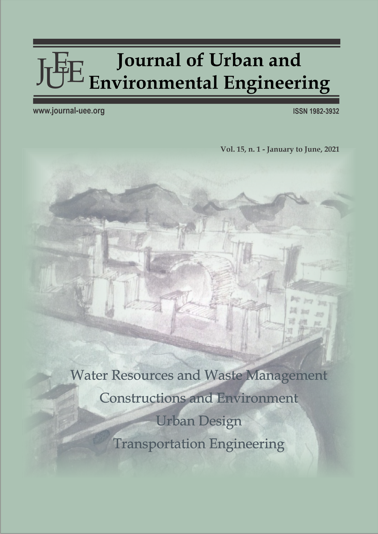MODELLING VEHICLE EMISSIONS USING ARTIFICIAL NEURAL NETWORK AND MULTIPLE LINEAR REGRESSION METHODS
DOI:
https://doi.org/10.4090/juee.2021.v15n1.58-67Abstract
The road transport sector plays a vital role in economic development and vehicle numbers are growing. It provides a set of services to meet the different demands of travel and it is a necessity for human civilization. However, although it is an essential element in regional development schemes, it generates negative externalities, thus constituting one of the most important sources of environmental pollution. This paper aims to develop modelling vehicle emissions, especially, the HC, CO and NOx based on experimental speed profiles, acceleration and technical parameters related to the used vehicle. This helps to determine and study vehicle emissions factor related to different pollutant. Two methods are used to develop two different empirical models: the multiple regression and Artificial Neural Network (ANN). The developed approach was applied to two types of vehicle with different technical characteristics. It was observed that the multiple linear regression method allows to predict vehicle emissions with a coefficient of determination between 0.723 and 0.921 but the ANN model can predict exhaust gases with a correlation coefficient in the range of 0.95–0.99. Simulation results demonstrate the efficiency and superiority of the ANN tool to estimate vehicle emissions compared to multiple linear regression approach.Downloads
Download data is not yet available.
Downloads
Published
2021-04-09
Issue
Section
Articles




